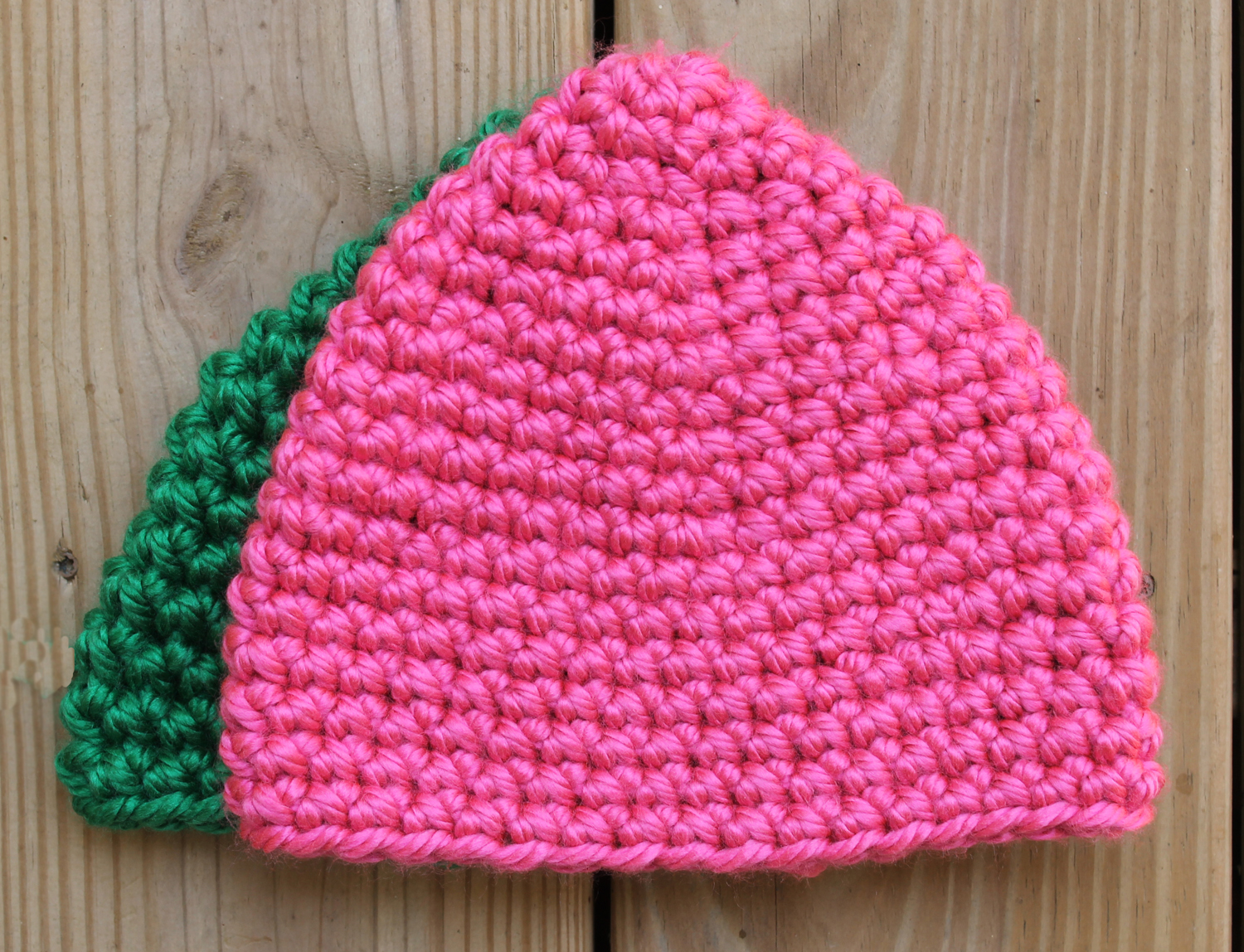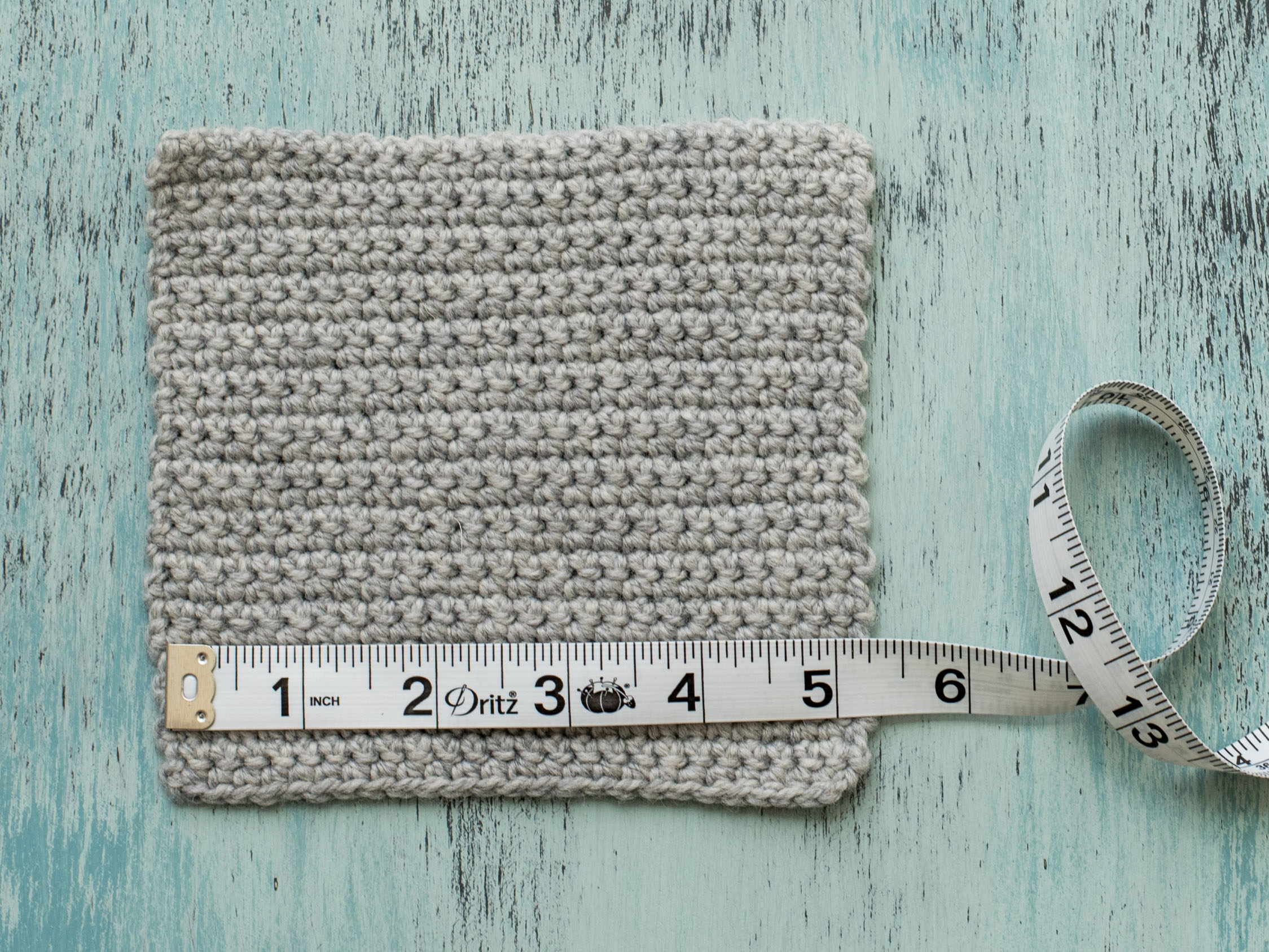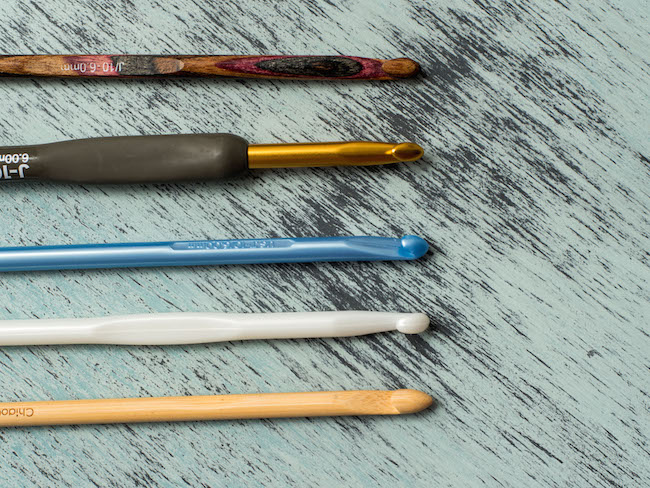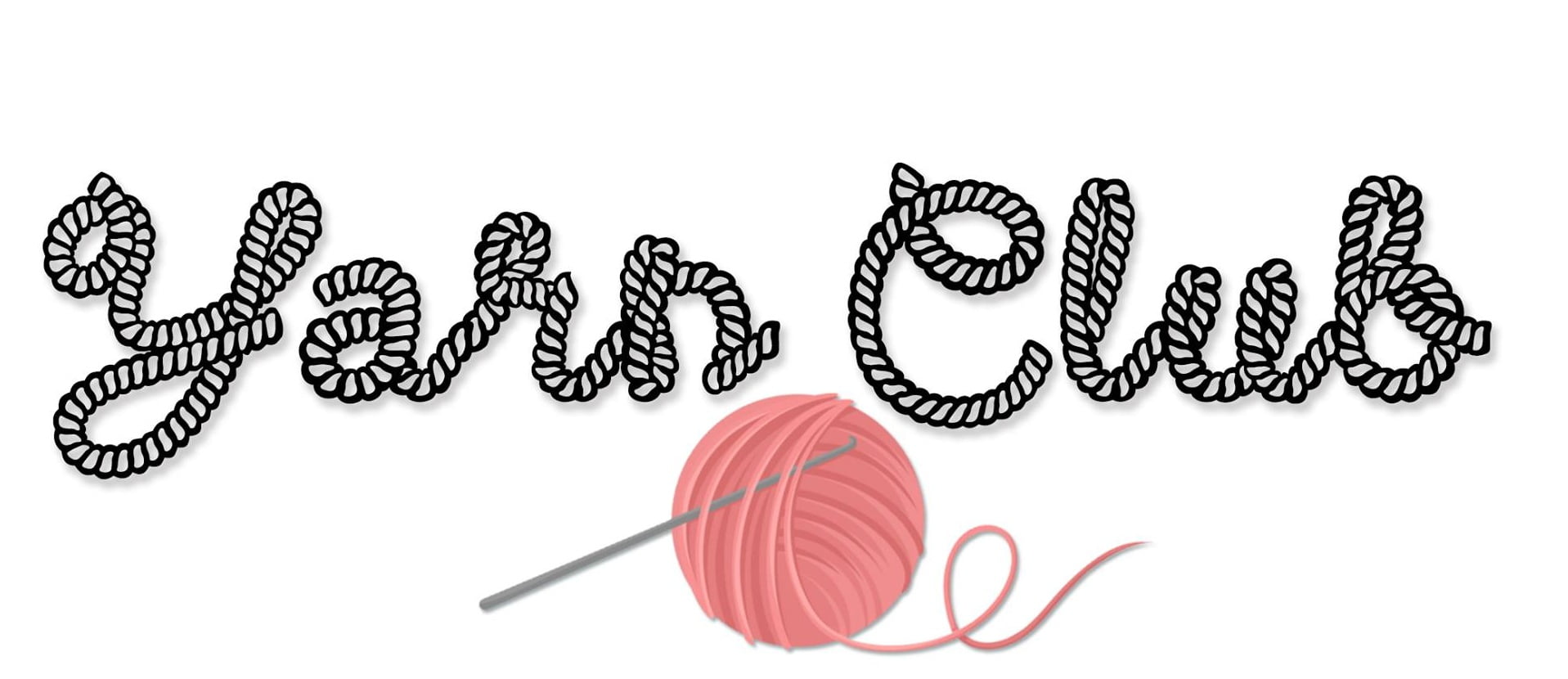Why Gauge Is So Important in Crochet (+ How to Get It Just Right)
Have you ever purchased the amount of yarn needed for a project, but then ran out of yarn when you were almost finished? Or maybe you bought a kit that came with both the yarn and the pattern, and there wasn’t enough yarn to make the project.
This could be the result of not checking your crochet gauge.
What is gauge in crochet?
Gauge is just a measure of how big your stitches are. Gauge has two parts: stitches and rows. This means gauge is measuring both the width of your stitches and the height of your stitches.
Why does gauge matter?
Not all crocheters stitch the same way: Some of us tend to crochet tighter stitches while others have a very loose hand. You can’t guarantee that your crochet technique matches that of the designer, so getting gauge helps you match the designer’s pattern without having to make any changes to your crochet style.
You don’t necessarily have to match gauge, as long as you’re prepared for the consequences.
If you don’t match the gauge, some potential problems include:
1. Your garment or accessory won’t fit.
The reason patterns have gauge is so the finished measurements of your project are what you expect
If you’re crocheting a sweater with multiple sizes and you want it to fit your 95cm or 38″ bust, then you need to match gauge. That way, you know that when you follow the pattern, the bust will be 95cm 38″. If you don’t match gauge, then you could end up with either an oversized sweater or a sweater than you can’t pull over your head!
Here’s an example:
Take a look at the basic single crochet hats pictured below. The gauge for this basic hat is 7 stitches per 10cm or 4″, which will result in an 45.5cm or 18″ circumference that fits an adult.
The pink hat on top was crocheted with a size 10.00mm hook, as recommended by the pattern. However, when I worked up a swatch and measured the gauge, I was crocheting 10 stitches per 10cm or 4 inches instead of 17.5cm or 7 inches. The circumference was 38cm/15″, which probably wouldn’t fit an adult.
To match gauge, I tried a larger hook (a 15.00mm hook). The green hat matched the pattern gauge of 7 stitches per 10cm/4 inches. Yay! Because it matches the pattern’s gauge, the circumference was 45.5cm 18″ — just as the pattern intended.
2. You’ll run out of yarn or have leftover yarn.
Let’s say that you buy a crochet kit and plan to make the largest size, or you buy the exact amount and type of yarn a pattern recommends.
- If you crochet fewer stitches per inch than the gauge in the pattern, you’ll run out of yarn before you reach the end of the project.
- If you crochet more stitches per inch than the gauge in the pattern, you’ll have way more yarn leftover than you intended. (This is especially disappointing when you can’t return the yarn you’ve already purchased.)
If you make sure to crochet the correct gauge, you’ll have just the right amount of yarn!
3. The project may not look like the sample or picture.
Gauge affects more than just fit and size. If you look again at the pink and green hats, you’ll notice that the pink hat has stitches that are very close together, making the hat very stiff. The green hat, on the other hand, has looser stitches that give the hat a little more movement.
How to get the check gauge in crochet
So you’ve decided you want to get the right gauge. Great choice. You have two options:
1. Start the project and measure as you stitch.
This option can work for some wearables like mittens and even hats. You can begin the project and either measure the gauge or just test the fit after a few rounds. Just be prepared to rip it out and start over if it doesn’t fit.
2. Crochet a gauge swatch.
This is the safest option, especially if you’re working on a larger project like a garment. Find the gauge measurement in your patten. (The standard gauge is 10cm by 10cm or 4″ by 4″, but it varies.)
Chain the number of stitches that the gauge calls for, plus 5 or 6 extra stitches, using the hook recommended by the pattern. For example, if the gauge is 8 stitches per inch or 2.5cm, chain 14 stitches. This gives you a nice big swatch to measure.
Crochet, using the stitches your pattern suggests, until your swatch is 12-15cm or 5″ – 6″ tall, to give you a large swatch to measure. Then fasten off.
Once you have your work-in-progress or swatch, it’s time to measure the gauge.
Measuring stitch gauge

First, measure the number of stitches. Place your ruler across the center of the swatch, horizontally, and count the number of stitches that fit into 10cm or 4 inches. This is your stitch gauge.
Measuring row gauge

Now place the ruler vertically across your swatch and measure the number of rows that fit into 10cm or 4 inches. This is your row gauge.
If you crocheted to gauge the first time, lucky you! You can get started with your project.
If not, read on for a few ways to get gauge.
What to do when your swatch does not match the gauge
1. If you have more stitches per 10cm/4 inches…
…then your project will be too small. You’ll also have a lot of leftover yarn — which might sound like a good thing at first, but won’t be once you try on that too-small hat or sweater.
Try using a larger crochet hook. This will make each stitch larger and therefore spread it out over the 4 inches.
2. If you have fewer stitches per 10cm/4 inches…
…then your project will be too large. You might even run out of yarn!
To fix this, try using a smaller crochet hook. This will give you more stitches per inch.
What if changing hook sizes doesn’t work?

Don’t panic! You can also try different types of hooks. For example, if you were unsuccessful getting gauge with a plastic hook, try with a bamboo hook. Fibers work differently with each type of hook. You might get more grip with a bamboo hook, for example. Just experiment a little to see which one works best.
